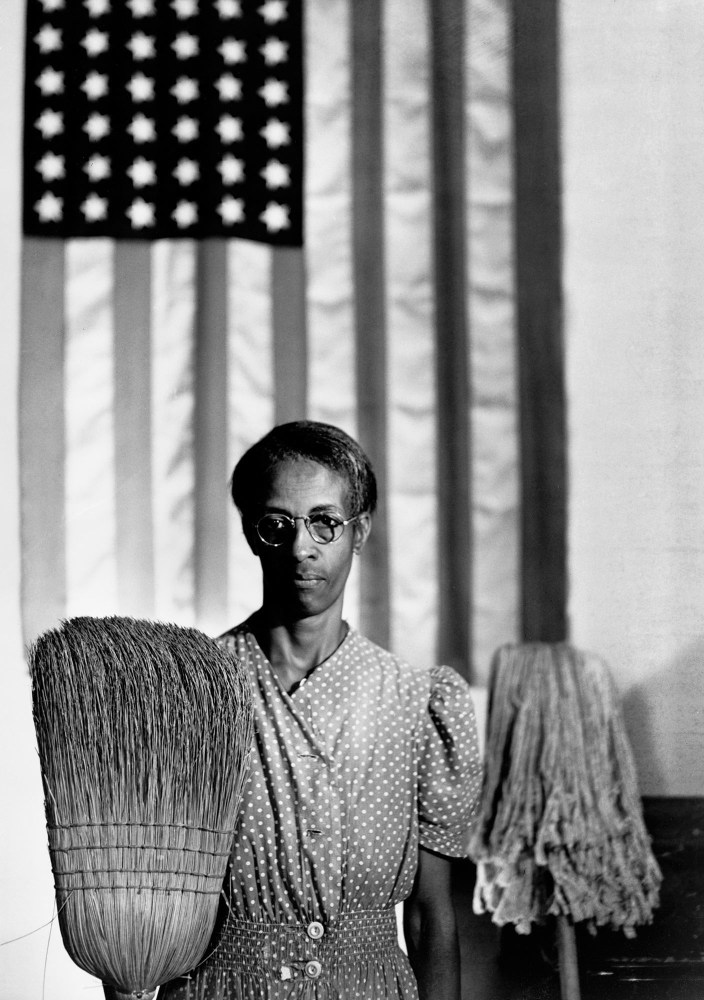Gordon Parks’ ‘Born Black’ Exhibition Revisits the Black Experience Through His Eyes
Written by Michael Calcagno on March 20, 2024

Revered for his gripping photographic reflections of the Black experience, the late Gordon Parks recently made a posthumous artistic return. At the Jack Shainman Gallery in New York City, The Gordon Parks Foundation (in conjunction with the photobook publisher, Steidl) has unveiled a revamped version of Parks’s first book to combine essays and photos: Born Black: A Personal Report on the Decade of Black Revolt 1960-1970.
Originally released in 1971, this work of 24 photos and nine essays—crafted during his career as the first African American staff photographer at Life magazine—has now been expanded to 179 photos, with additional contemporary essays from scholars Jelani Cobb and Nicole R. Fleetwood.

Parks, the film director, musical composer, photojournalist and author, documented the Black condition through his lens of photography at a time when mainstream publications turned a blind eye to capturing African American humanity. With the government watching closely, the social and political elements in his work from the beginning of his career, Parks first published one of his most historic images in EBONY magazine back in March 1948. American Gothic is the famous photo of government charwoman Ella Watson posing with a broom and mop. Proof of Parks’s remarkable ability to capture life around him, Born Black features fascinating images of Muhammad Ali, Malcolm X, Elijah Muhammad, the Black Panther Party and 1960s street protests.
The Chelsea art gallery crowd poured over display copies of the new edition (now with coffee-table-book dimensions), edited by Peter W. Kunhardt Jr. and Michal Raz-Russo of the Gordon Parks Foundation. Celebrating the book’s redesign and re-release, a mixed mass of art lovers and scholars worked their way through the brightly lit halls of the gallery to view his black and white images.
Parks’ monochromes of Rosa Parks, the Nation of Islam and others popped off the all-white walls, giving a sharply contrasted and contemporary art feel. Some photos possessed a touch of eeriness (a Black man holding a “WE ARE LIVING IN A POLICE STATE” sign could be just as relevant today), bringing viewers into both the solidarity and pain that comes with being born Black in America.
The annual Gordon Parks Foundation Awards dinner hits Cipriani 42nd Street on May 21 this year, honoring Colin Kaepernick, painter Mickalene Thomas and activist Myrlie EversWilliams with patrons of the arts, Swizz Beats and Alicia Keys. Having attended the gala twice in years past, enjoying performances by Pharrell Williams and Janelle Monáe, the sale of Parks’s famous XXL magazine photo for $28,000 and conversations with Oprah, I’ve witnessed firsthand how the gala marries the arts with social justice. Bibliophiles will find that Born Black does the same through Parks’s unique eye and his original essays on Stokely Carmichael, Martin Luther King Jr., Eldridge Cleaver, and more.

Few precious things can force America to look at itself. Solid photojournalism is one of them. Gordon Parks’s iconic lens has always gifted the culture with artistically crafted stories, both photographic and cinematic (see Parks-directed films like Shaft and The Learning Tree), stories that would otherwise go untold. His unrivaled composition, tenacity and his use of light continue to uplift and inspire the masses while his work appreciates in value.
Powerful images reflected back at us tell us who we are, freeze history and create cultural real estate for generations to come.
The post Gordon Parks’ ‘Born Black’ Exhibition Revisits the Black Experience Through His Eyes appeared first on EBONY.
